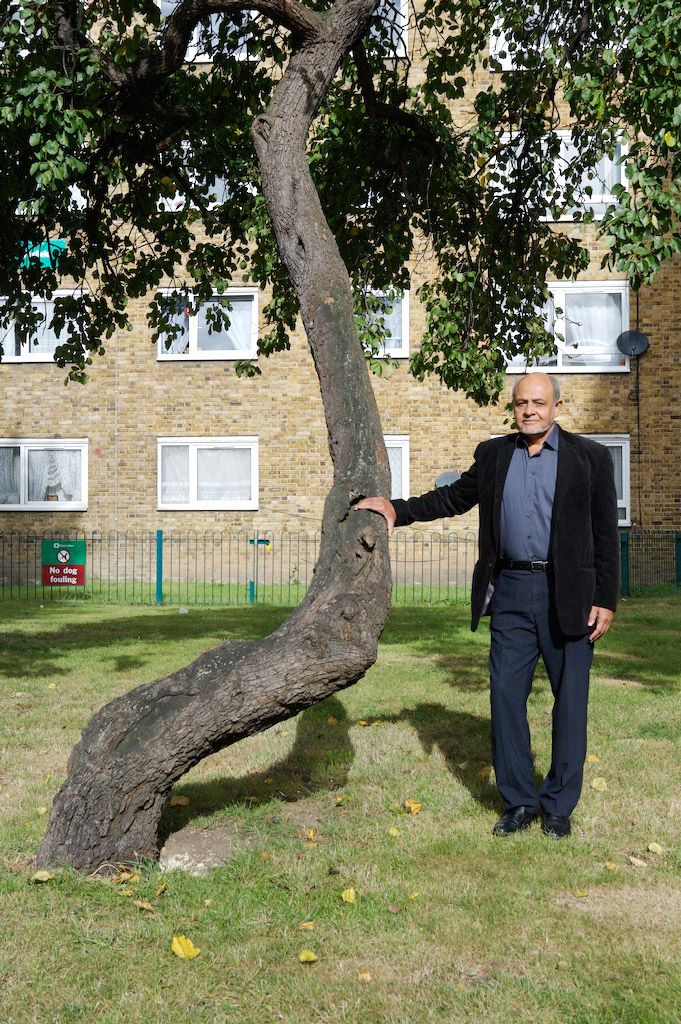HIROKI NAKAMURA
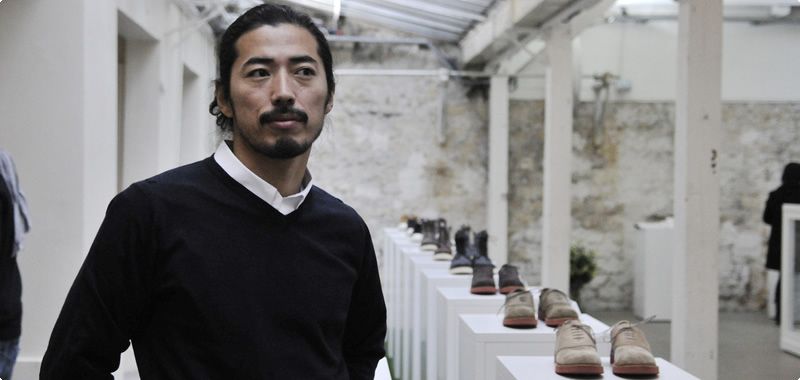
HIROKI NAKAMURA’s eyes light up, becoming near obsessive when asked to describe the products he makes for Visvim, the under-the-radar Japanese brand with a cult-like following. “Good crafts-manship makes us happy, so we naturally want to make things,” says Nakamura during a recent conversation at the Visvim A/W10 collection trunk show in Hong Kong. The VIP customers at the show spent between three to six hours obsessing over every single piece, and carefully placing their pre-orders.“About two seasons ago, we started to do trunk shows for our top clients, and we noticed that our customer profile is the same all over the world – they’re all smart, well educated, and cultured. They understand quality, and if I don’t continually improve my product, then my customers will know.”
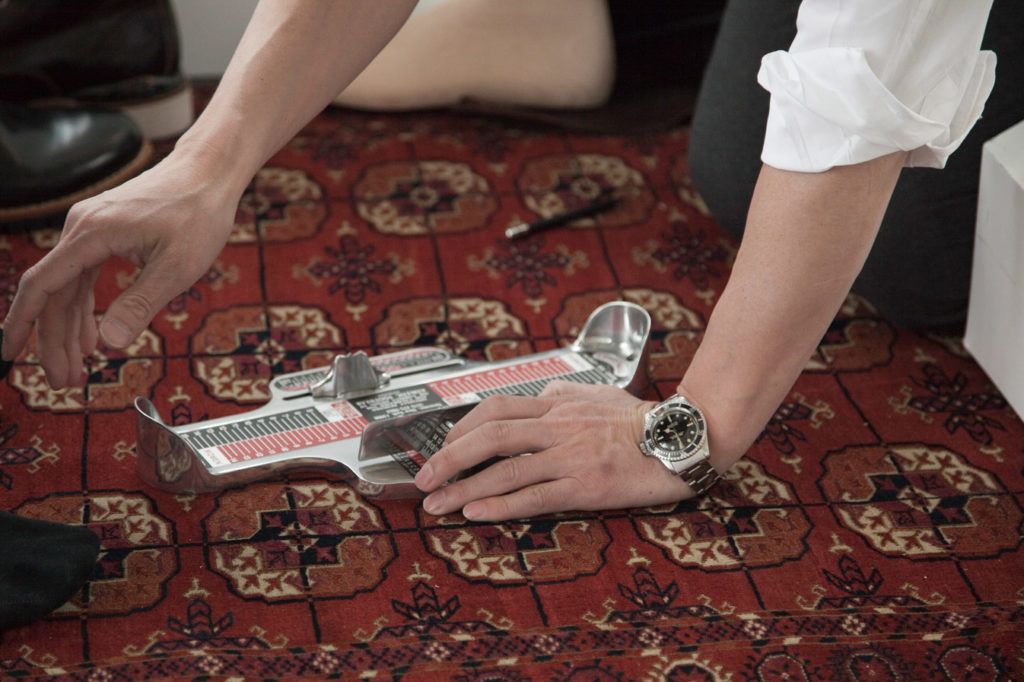
FED TAN: Why is the brand called Visvim, while your shops are called Free International Laboratories?
HIROKI NAKAMURA: From the beginning, I didn’t want the brand’s name to have any meaning. I like the letter V, so I went through a Latin dictionary and saw “Vis” and “Vim” next to each other, and both had similar meanings of power and energy. I also like how it looks visually. Even upside down, it forms two mountains and two dots. Our team is called a laboratory because we focus on materials, patterns, leathers – any element that can improve the product. Our approach is similar to what scientists do, so I came up with the name Free International Laboratory [F.I.L.].
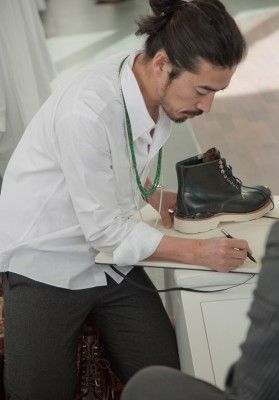
Why do you call your seasonal catalogues “dissertations”?
In reality, it’s very hard to improve a product in just six-months time. Some of our ideas for our footwear are in development for three to four years before they can become a reality. It’s not a seasonal thing. But every season we try to achieve some kind of product milestone. With the catalogue, I want to present in detail what we’ve been doing during that time, so I call it a dissertation. I want to be honest with our customers. I want to show them what we’ve done even if the idea or concept is more than two years in the making.
Please define “product fundamentalism.”
I often go to the factory and see a complete run of a new shoe or jacket. I always feel responsible, and ask myself if it’s okay or good enough. I’ve been collecting vintage products since I was in high school. I remember my parents once asked me to clean my room, and determine what to keep or throw away. I asked myself why I wanted to keep one product over another. Is there something inside this product that makes it special? Most of everything I wanted to keep was produced before the 1980s, because the way products were made after that period seemed to have changed. Over the last 20 years, the business world has focused less on substance and more on marketing and simply “selling things.” When I started Visvim, I wanted to create products that people would want to keep for a long time – something substantial. It’s not easy, and my customers will know right away whether or not I worked hard over the last six months.
One of your iconic products is the FBT shoe. What’s the history behind this product?
I created the FBT shoe in 2001, during Visvim’s second season. The inspiration came from a Fun Boy Three record cover, which Hiroshi Fujiwara showed me. He pointed out lead singer Terry Hall’s moccasins, and suggested I do something like that. I did some research on it, and decided to combine the traditional moccasin with an EVA Phylon midsole used for trainers. I also used primitive Elk leather, which was commonly used for American Indian moccasins.
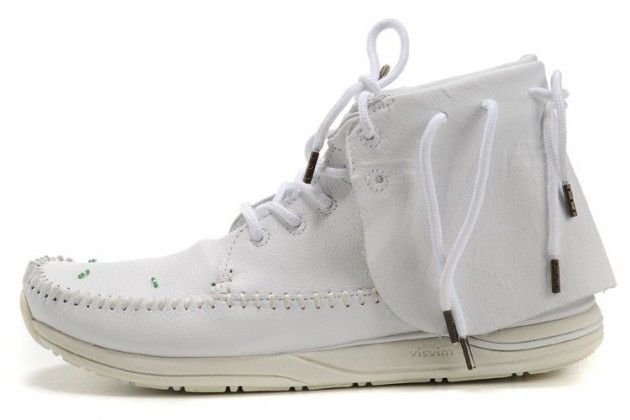
More recently, you’ve introduced the FOLK footwear series. How does this product range differ?
It’s my priority to make comfortable products. We use higher quality cotton (Giza or Sea Island Cotton, for example) for both garments and lightweight shoes. After years of researching materials and the construction of shoes, I realized that breathability is important for comfort. One day, I decided to learn more about my reindeer-leather supplier, and traveled to Lapland to see how it was produced and used by the local Sami tribe. I went there during the month of March wearing prototype sheepskin boots, but my feet were still freezing. Worrying I would be cold, an elderly Sami tribeswoman made me a pair of reindeer-hide boots stuffed with hay. These “primitive” sami boots were some of the warmest, most breathable and functional boots I’ve ever worn. This inspired me to create the FOLK series – focusing on breathability by foregoing the pigment in the shoe lining and hand-stitching the shoe upper with the sole using a Goodyear Welt technique. I wanted to make shoes that breathed so well that socks wouldn’t be necessary. But I wasn’t really creating something innovative. I was simply re-introducing a centuries-old technique.
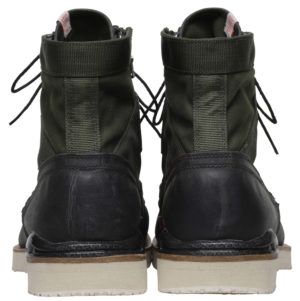
What are your favorite pieces from the A/W10 collection?
This is difficult to answer. I have stories for every single product. I’ve been thinking about some of the products for the last four to six years. The outerwear is quite strong. I custom-made one of the jackets with a factory in Como, Italy. It’s called the Totem Parka 3L, and it’s made of a three-layer Italian waterproof fabric. I was allowed in to the factory’s archive, where they had swatches dating as far back as 150 years. I eventually found a wax-coated cotton from the 1960s, which made me want to create a new fabric with a similar feeling. We eventually created an oil-coated but breathable fabric laminated with a waterproof film from one of our Japanese suppliers. The interior mesh lining has a custom Mona Lisa-printed check pattern, and from the outside, the jacket looks like authentic 1960s outerwear. But inside, it’s completely modern and technical.
You’ve traditionally made all your garments in Japan, but now you’re making items in Italy and France. Why?
For me, it’s not about where the factory is, but about finding the best manufacturer to produce a particular product. Each one has its own strength. My job is to coordinate and make things better, so I’ll produce anywhere it takes to do this. If I find good factories or suppliers in Italy, France, America, Japan, or China, then I’ll use them.
Recently, you collaborated with director/artist Young Kim on a film called A Cycle of Craftsmanship, which documents the build-out of your shop in Kyoto. What makes this shop so special?
I knew that space was special the moment I walked in. It was originally a Kyo-Ningyo [Kyoto Doll] store run by a family that made traditional Japanese dolls for over sixteen generations. It was a serious space for product.The owner had to close the shop because it was becoming difficult to find craftsmen in Kyoto, and in order to maintain the historical origins of Kyo-Ningyo, they didn’t want to seek craftsmen elsewhere. The business itself will continue, but the store will not. I was so impressed by this, and wanted to share this feeling with my customers and supporters, so I talked to Young Kim about it, and we decided to make the documentary. It’s easy to make a new F.I.L. store, but this was a particularly special place. We wanted to retain the original spirit of the store somehow. We kept the majority of the Kyo-Ningyo showcases and integrated our own approach to product presentation.
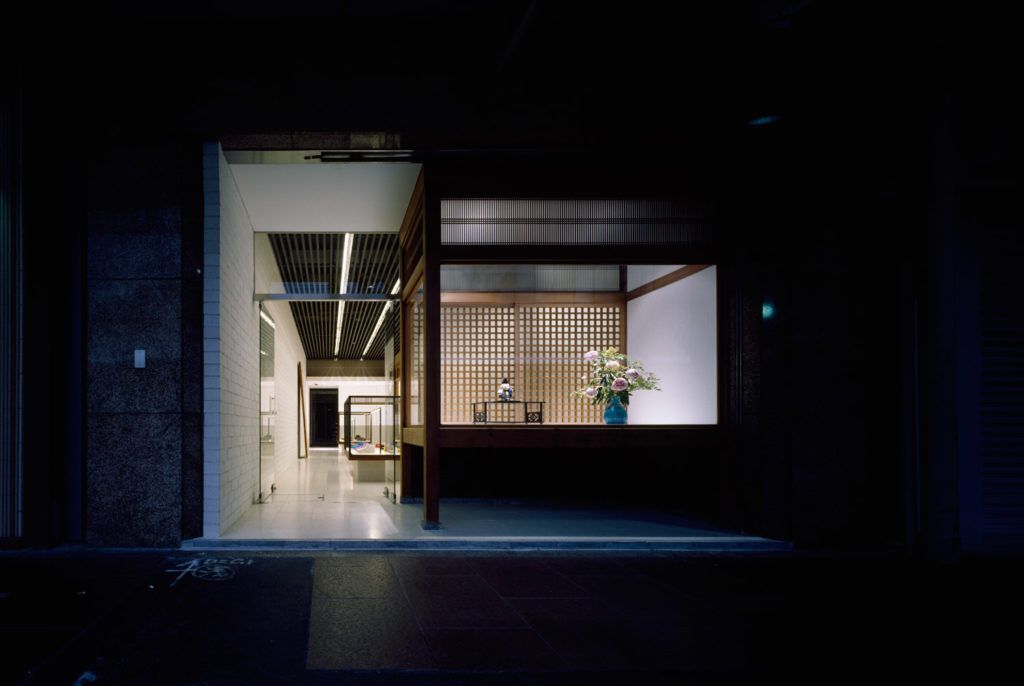
How is your upcoming collaboration with Moncler, Moncler V, different from Visvim?
The Moncler V project is not a true collaboration in the common use of the term. The company’s President, Remo Ruffini, was in Tokyo during one of our exhibitions, and asked me if I would design a collection for his brand. It was a very unexpected proposition, as I had never worked with a big company before. But after getting to know Remo, I realized how creative and easy to work with he was. When I showed the presentation boards for the project, he understood my ideas right away, so I pursued the collaboration. In fact, the Moncler team makes a great goose-down product, and just manufactures high-quality products in general.
What is next for Visvim? What are you obsessing over right now?
My focus is always the same. I just want to make good things. Every six months, I try my best – seeking hints, finding better materials, discovering new concepts. Maybe my products will someday be in vintage stores, and someone like me 20 years ago will buy them, and want to hang on to them.
Interview by FED TAN & Photography by YOUNG KIM
